We all want the best chances for success on the water. That’s why we’ve put together the ultimate guide for finding the best fishing line! We are fellow fishermen who have created a comprehensive resource to help you determine what is the best fishing line for your situation. We’ve based this website on both our personal experience and on research we’ve done over the years.
The fishing line is arguably the most important piece of equipment when it comes to success on the water. It’s what’s connecting you to the fish. That’s why it’s important to take some time and research what line you need before you go out and buy something. As with most things in fishing, the right equipment depends on the circumstances: What are you fishing for? Where are you fishing? How will you be fishing? These are just some of the questions that will determine what is the best fishing line for you.
Here is some general information about the different types of fishing lines and which lines we would recommend.
Types of Fishing Line
Monofilament Fishing Line: This is the most popular fishing line available today. Its biggest advantage is its price as it is relatively inexpensive. It is also more buoyant than other types of lines. However, depending on how often you change the line, it can also be weaker and more vulnerable to breaking. Our choice for a good monofilament fishing line is the Berkley Trilene. Click here for more information about pricing and reviews on Amazon.
Fluorocarbon Fishing Line: The biggest advantage of fluorocarbon fishing line is that, because it has a similar refractive index to water, it is nearly invisible when in the water. The biggest disadvantage is that it is a higher-end product so it is generally more expensive. We’re fans of another Berkley product when it comes to Fluorocarbon lines – Berkley’s vanish line. Click here for more information about reviews and pricing on Amazon.
Braided Fishing Line: This is arguably the strongest fishing line available. It can provide much more strength for the same diameter when compared to the monofilament line. We’d recommend Sufix braid if you’re looking for a braided fishing line. Click here for more information and pricing details on Amazon.
These are only general categories, and there are a number of exceptions, including hybrid lines. But these categories provide a helpful guideline for trying to determine the best fishing line for a particular situation.
What is the best fishing line for your situation
The short answer is that it depends. It always depends on what you are looking for out of your fishing line. There are now so many choices that it can be difficult to decide. Some people are very loyal to the particular type of line they use. Some argue that a braided line is the only way to go, while others argue that the monofilament line is the best. They are obviously both good for specific situations. They can even be combined – a braided line with a monofilament leader! Fishermen’s Pond suggests that you use a monofilament leader with a braided line. Braided line is stronger than a standard fishing line and it can help your line sink.
Monofilament is good for fishing with bait and normal every day trolling. But sometimes when you’re fishing in deep water, the stretch of the monofilament can be problematic and lead to a poor hook set in the fish. Whereas with a braided line, you can get a good hookset because of the firmness of the line.
The monofilament line is also more buoyant than braided and fluorocarbon line. This can be an advantage when using top-water lures. But obviously, this is less helpful when you want your line to sink.
Braided line has a lot of advantages in that it is very strong yet has a low diameter. This makes it excellent for lure fishing, deepwater jigging, etc. It is the strongest fishing line you are going to get, relative to its diameter. This is its biggest advantage: strength. If you’re going into a situation where you need strength, go with a braided fishing line. However, the biggest disadvantage is its visibility. Compared to monofilament and fluorocarbon, braided fishing line is highly visible in the water.
The key with the fluorocarbon line is that it has a refractive index similar to water so it is nearly invisible to fish. This makes it a great line to use as a leader. Fluorocarbon and braided lines are more slippery and are more difficult to tie knots in when compared to the monofilament line. This requires stronger knots and it’s important to be careful when attaching this line.
Generally speaking, a braided line with a fluorocarbon leader is a good choice for a lot of situations. However, monofilament is least expensive and this obviously makes it a popular choice. The biggest disadvantage of the fluorocarbon lines is its price. You will pay more for this type of line.
Just to complicate things even further, a number of newer hybrid lines have come onto the market in recent years. They combine some of the advantages of the different types of lines while avoiding some of the problems discussed above.
Best Fishing Line for Particular Types of Fish
Best Fishing Line for Bass
What is the best fishing line for bass? Well, it depends. Below you will find some information that will help you answer this question, depending on your situation. But at the end of the day, no single type of fishing line is perfect for all situations when trying to catch bass, so it depends on where/how you’re fishing and what type of bait you’re using. In addition, things like how deep you’re fishing and how clear the water is can matter as well. Here are a few things to think about when making your decision.
Monofilament
Generally speaking, the buoyancy of the monofilament line can be an advantage when trying to fish for bass at the top of the water. Its stretch can also be useful when the fish are being difficult and not taking the bait very quickly.
Fluorocarbon
That being said, fluorocarbon lines are generally more effective for bass fishing. They work especially better when you want your line to sink. They are also superior in light of their lower visibility and increased sensitivity. In a clear water environment, having a high-quality fluorocarbon line will make a difference. In an ideal world, fluorocarbon should be your starting point for bass fishing. However, this is generally a more expensive product, so you have to decide when monofilament can do the job just fine.
If you want to keep your lure at or near the surface, the monofilament line may be the best choice for that situation. This applies to things like floating swimbaits. In that case, it’s very difficult to manipulate a line that is underwater (as fluorocarbon would be). That being said, fluorocarbon’s increased sensitivity and lower visibility are big advantages. Either type will do the job, as long as you’re aware of their relative strengths. I would recommend 15-25 pounds test of either.
Braided
Braided fishing line can be appropriate for bass fishing in situations where you’re not worried about spooking the fish. This usually applies when you’re pulling bass out of thick weeds and you need a strong line. But on the whole, braided fishing line is not very common for bass fishing.
Conclusion: Best Fishing Line for Bass
So in summary, the best fishing line for bass depends on the situation. Fluorocarbon lines are a great starting place, but monofilament lines can also be appropriate when you need some buoyancy or stretch in your line. You’ll likely want to use a 10-25 pounds test line.
Best Fishing Line for Trout
The best fishing line for trout depends on a few things. But a few general rules should be followed. The most important consideration in trout fishing line is the visibility of the line.
Trout are shy and have good vision. You’ll also usually find them in clearer water. This means they can see the line better than other fish so you want to be careful about what line you use. The last thing you want is for the fish to get spooked by seeing your line. For this reason, try to stay away from an excessively thick diameter if you don’t need it.
When it comes to the strength of the line in trout fishing, the lighter the better. This is pretty important in my opinion. It will obviously depend on your skill level, but try to keep the line lighter if you can. With the monofilament line, I would not recommend going above 8 pounds test when fishing for trout. Most people recommend 4 pounds test and I tend to think that will be adequate for most situations. But depending on your skill level, try to use it as low as possible. So the best fishing line for trout should be between 2- 8 pounds test.
Fluorocarbon lines are a popular choice for trout fishing. Many people think that they are the best fishing line for trout. Their low visibility is a huge advantage in trout fishing. They allow you to get a higher strength line while keeping visibility low. The major drawback of fluorocarbon lines is the price. But fluorocarbon can also be used as a leader, which makes a lot of sense with trout fishing.
Braided lines are generally more visible than monofilament and fluorocarbon lines. As trout have good vision and can be shy, braided lines are uncommon in trout fishing. As such, braided lines are probably not the best fishing line for trout.
In terms of the color of the fishing line, this depends on the clarity of the water. If you’ve got crystal clear water, you’ll want to go with one of the more clear colored lines. I’ve had success with a green colored line when the water is a bit darker.
Best Fishing Line for Walleye
Walleye can be fished in a number of different ways. Determining the best fishing line for walleye will depend on exactly how you’re fishing for them. But there are a few general concepts that will be helpful to follow.
As a general rule, the best fishing line for walleye will be abrasion resistant but relatively sensitive line. A big concern is that walleye have good low light visibility so line detection can be an issue (they can generally see better than their predators and prey, which can be an advantage for them). You will want to focus on line types that are less visible in the water. This is especially important if you are fishing in relatively clear water. Fluorocarbon fishing lines will be good in those situations.
If you’re trolling or casting in darker water, a braided fishing line can work. But the braided line can be more visible so it may not work well depending on how clear the water is. If you’re in water that is pretty clear, go with a fluorocarbon line (price permitting). If you’re in an area with a lot of hazards or other large fish around, you may want to use braided fishing line in that particular situation. Braided lines should be able to withstand some abuse.
Depending on how you’re fishing for walleye and what rod you’re using, you can use line anywhere from 6-15 pounds test rating. I would try to use a 6 pounds test line, unless there are bigger fish in the area or some heavy weeds, etc. If you use a braided line, you can probably go up to 15 pounds test line.
Other general tips about finding the best fishing line
I tend to think you should try and buy a premium line. It’s a pretty important part of your gear, so I think it’s worth spending some money on. You can good deals on the premium line if you wait towards the end of the season. You can also get better deals if you buy larger quantities. But success in fishing is about increasing your odds. Fishing line is a pretty important part of the equation so it’s worth the additional cost, in my opinion.
You should also try to maintain your line on a regular basis. Keep it away from unnecessary sunlight or heat. When your line breaks, it’s often because of poor care for the line that weakened it. No one wants to lose a fish (and an expensive lure) if they can help it. So it’s important to take the time to change your line and protect it from the elements. Run your fingers along your line and see if you feel any nicks or bumps in the line. If you feel any type of damage like this, consider discarding this portion of the line.


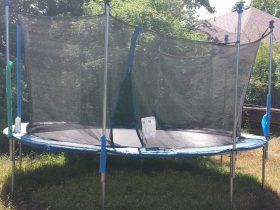

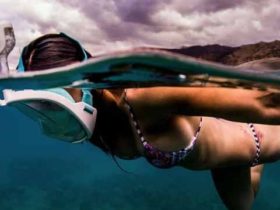
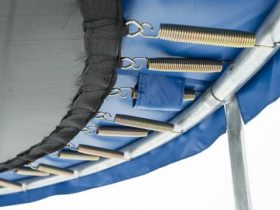



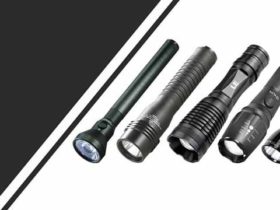

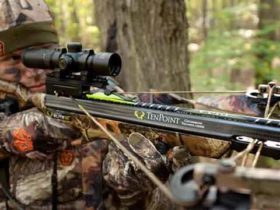



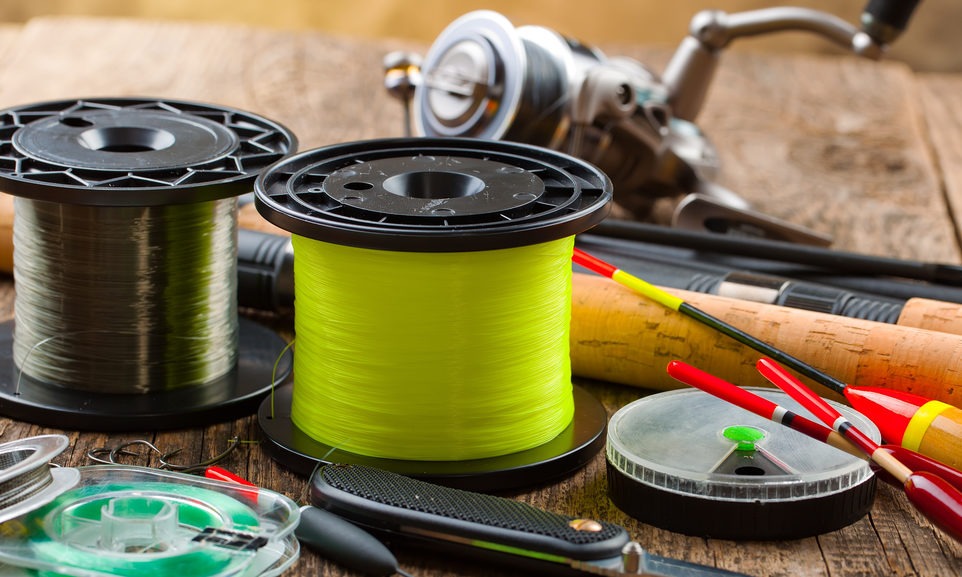



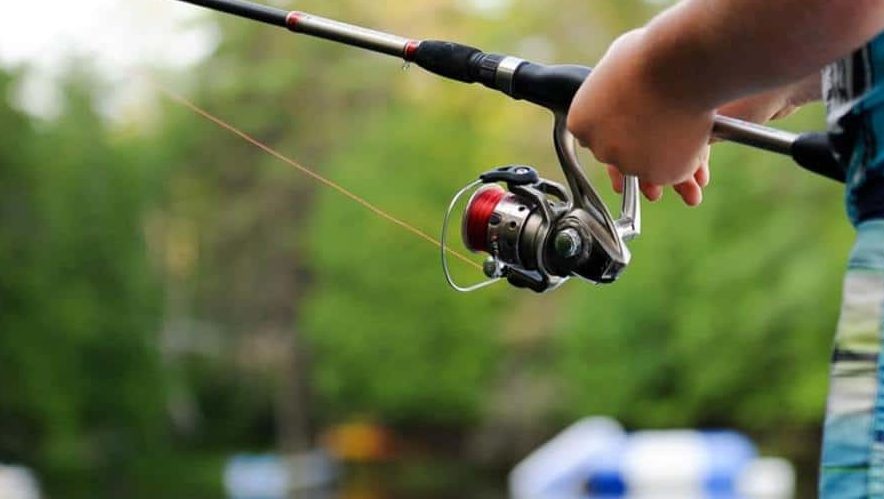
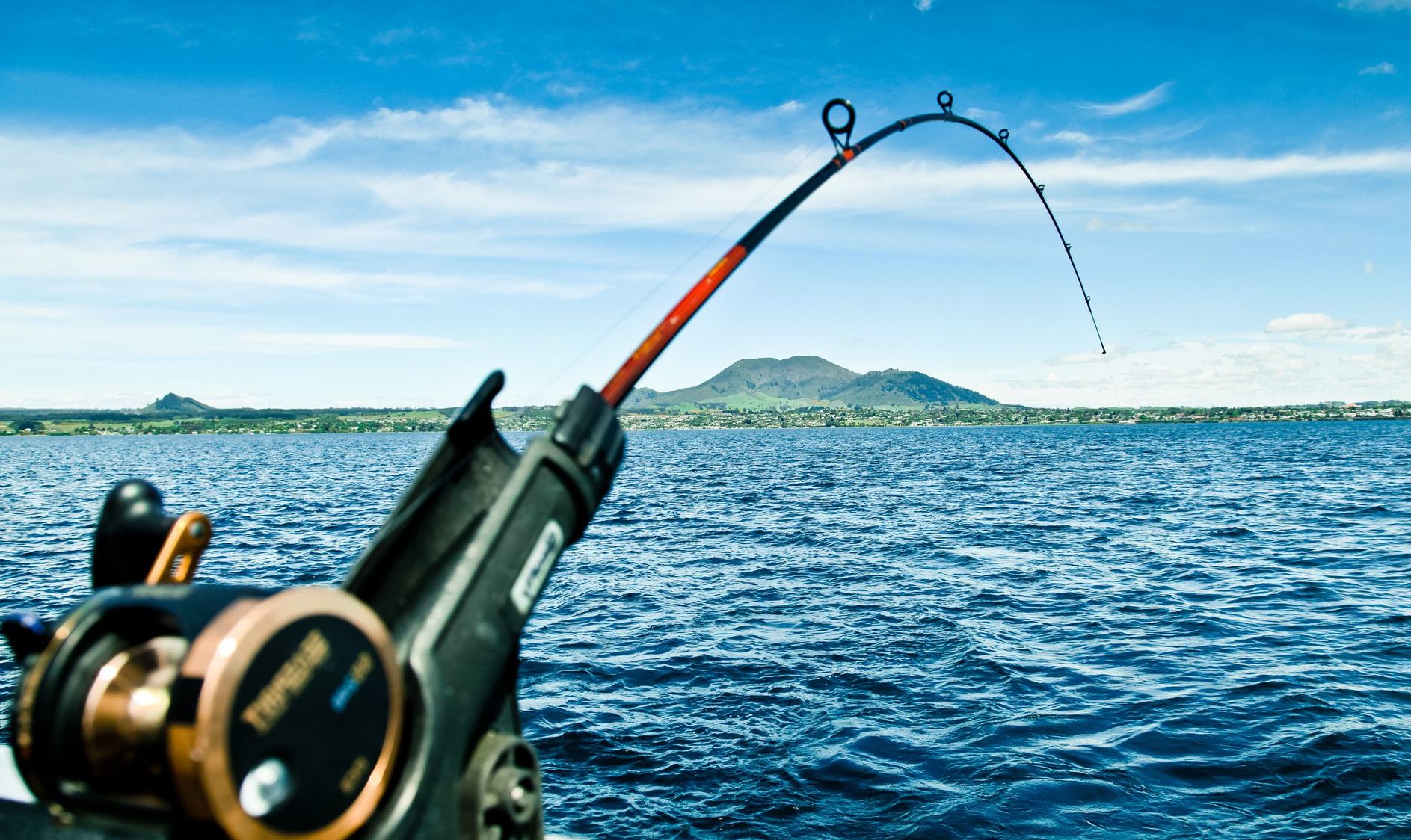
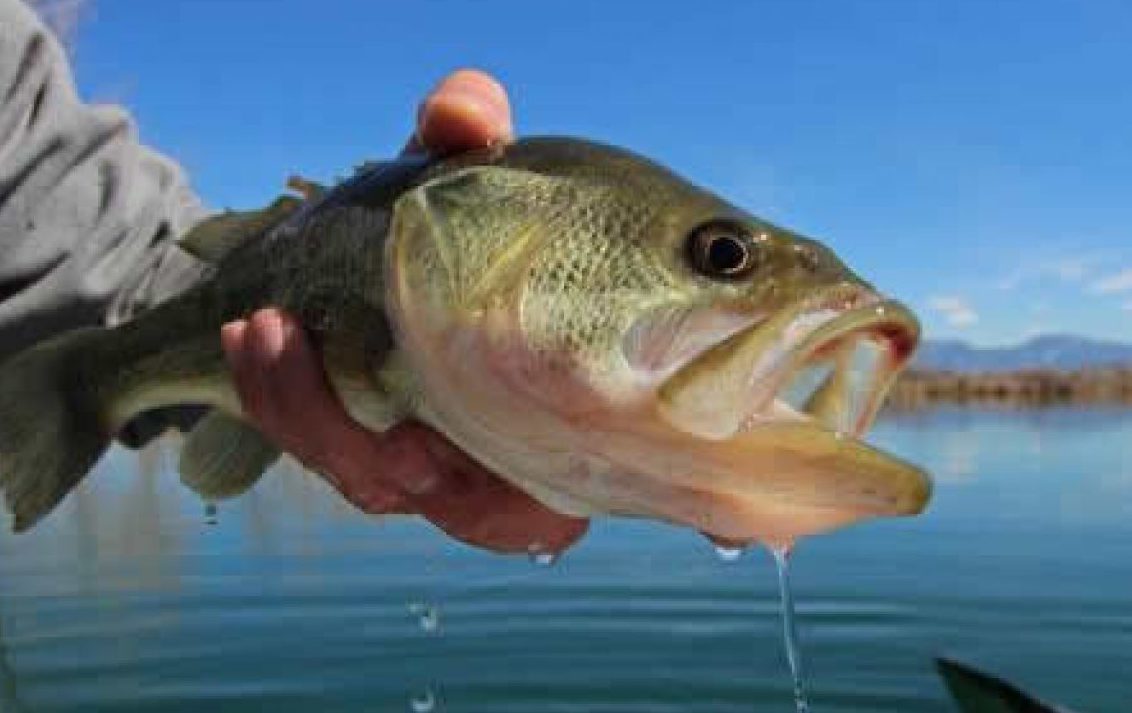
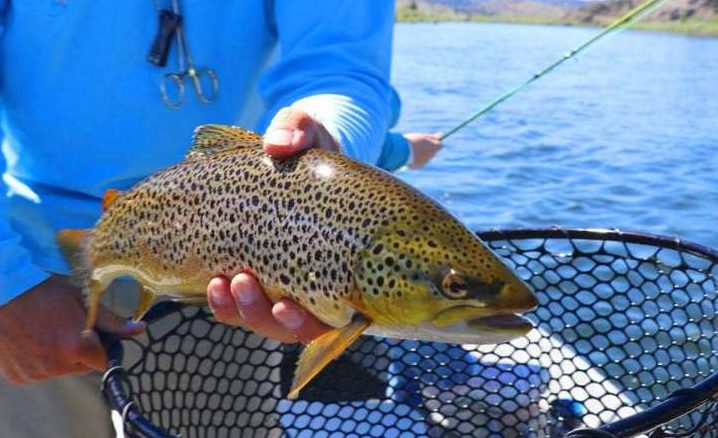
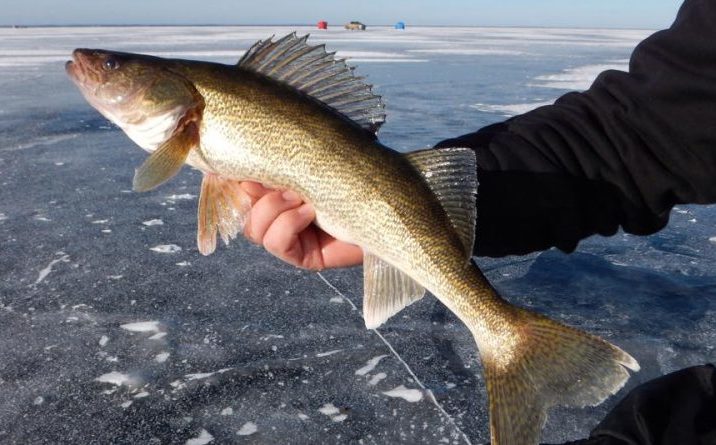




Leave a Reply
View Comments